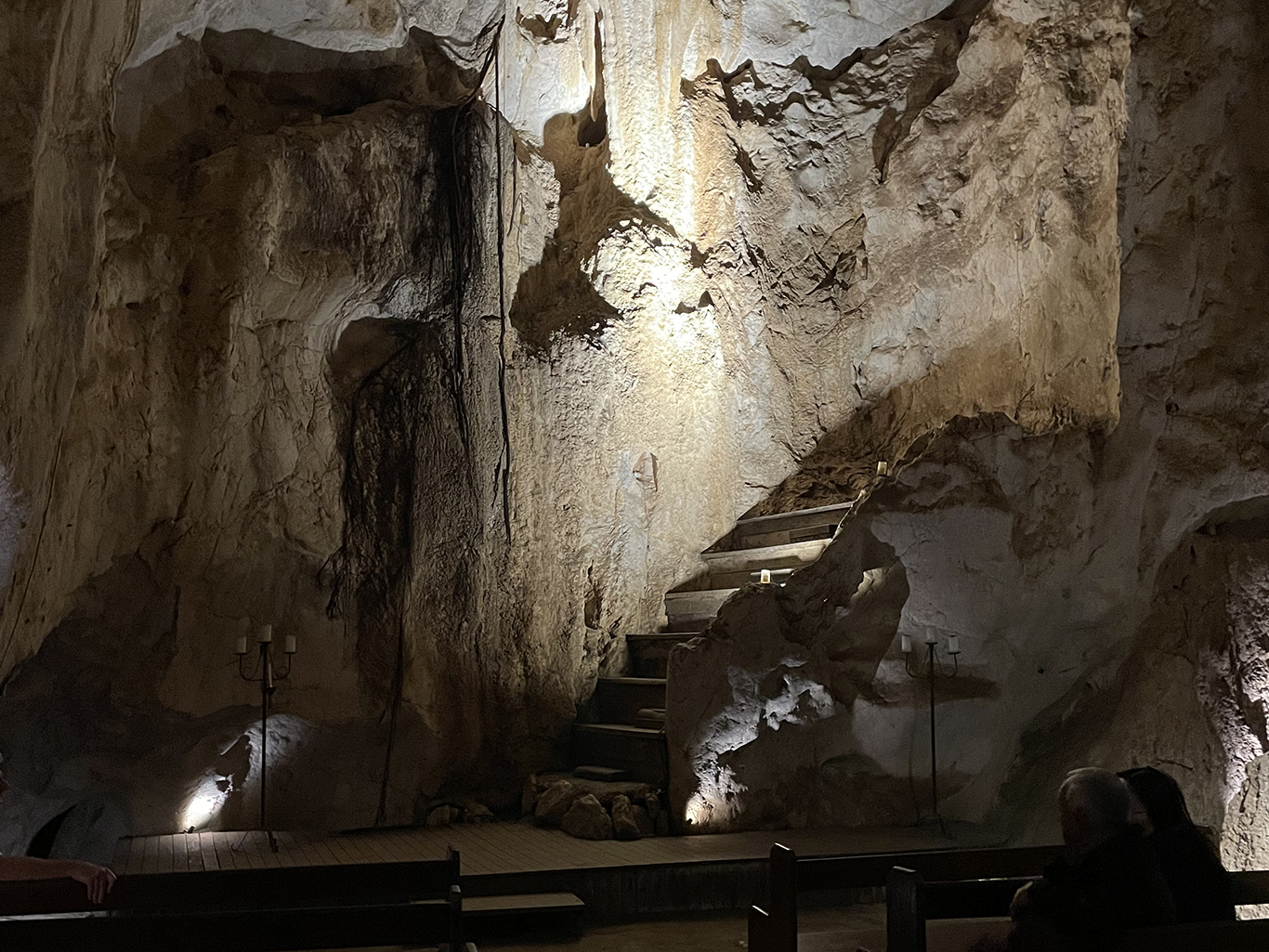
Capricorn Caves
Limestone and little bent wing bats
Just north of Rockhampton near the beachside town of Yeppoon, is a cave system that has been 390 million years in the making and is now one of the largest privately owned cave systems in Australia. The caves were first discovered in 1881 by John Olsen while he was trekking in the largely uncharted area with his sons. He lowered himself into a cave opening and began investigating with only a rope and the light of a candle. He knew he’d stumbled onto something special and quickly staked his claim on the surrounding land, being careful to keep the cave’s existence a secret until his title was confirmed.
The caves stayed in the Olsen family until 1988 and are now second generation owned and operated by the Augusteyn family who took on the mantle over 30 years ago. Both families have appreciated the importance of being custodians of this natural wonder, protecting the area and sharing it with the public. Environmental and regeneration programs have ensured that the property continues to have an important role in the education of the next generation and is regularly used for school stays.
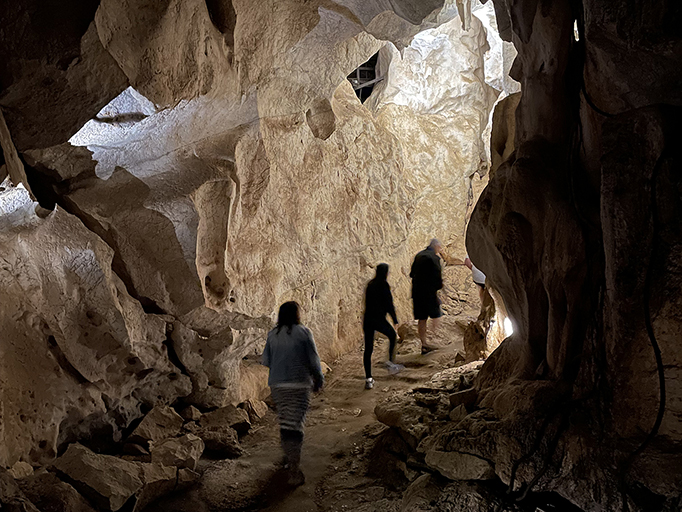
Geology and Egology
Looking towards the visitor centre from the carpark a huge rocky outcrop overshadows building, unlike regular cave where you climb down into the cave system, at Capricorn Caves you actually climb up. A fissure in the rock leads into the caves and winds its way up through the distinctive karst formation. The cave system was formed deep under the ocean where coral, together with calcified marine shells and limey mud, compacted to form limestone. As the earth cracked and folded it was pushed upwards, emerging from the sea to form land. Over millions of years cracks formed, groundwater flowed, and rainwater seeped down, dissolving the limestone to form the caves. Being above ground these dry caves don’t have their own constant water source so the limestone is only active during and after rain. You will see the familiar cave structures including stalactites (hanging down), stalagmites (growing up) and columns (where the two have joined) but they aren’t as common or as spectacular as those in wet caves like Jenolan or Yarrangobilly.
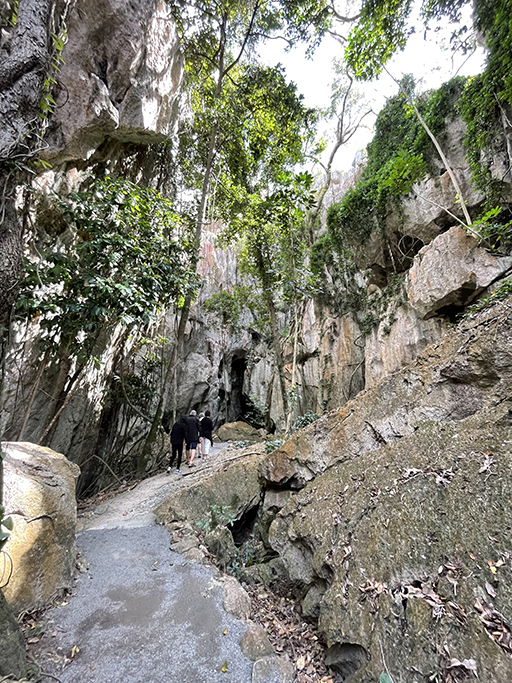
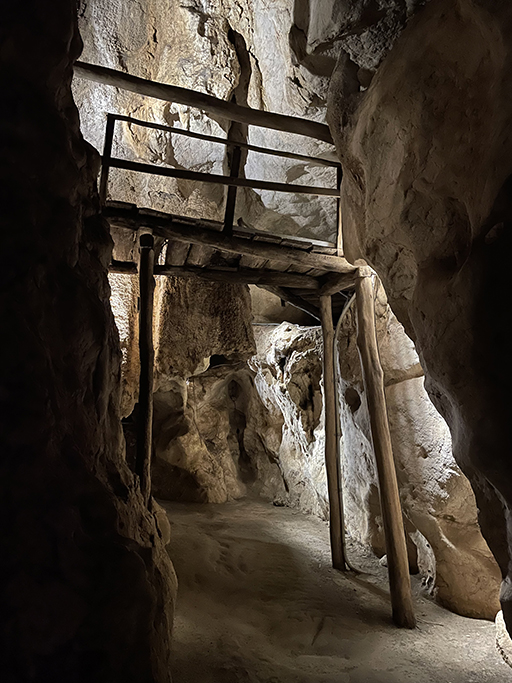
The floor of the cave system is very smooth, turns out we are walking around on layer upon layer of dried and compacted bat poop. Back in the 1800’s you would have been wading through ankle deep quano on uneven floors, the caves lit only by a candle in your hand. Palaeontologists have recovered a couple of Tasmanian Tiger teeth within the caves that indicate that they may have survived on the mainland much longer than was previously thought, who knows what might have been rustling around beyond the candlelight of those early explorers.
Another claim to fame is a small fern you can spot growing on the cave walls near the exit, it’s Tectaria Devexa or Capricorn Cave fern, a common fern in parts of Asia but here in Australia it is part of a relic population you will only find in the cave district of Central Queensland. Recently on the brink of extinction in Australia, a collaborative project was started to collect spores, growing them and reintroduce them to the cave ecosystem.
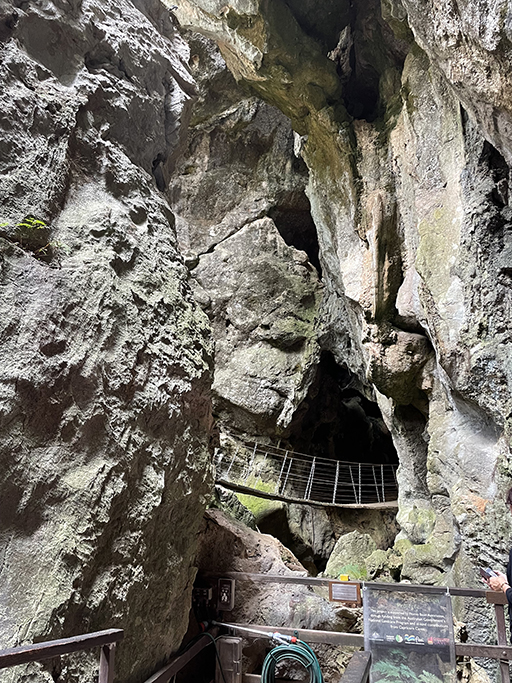
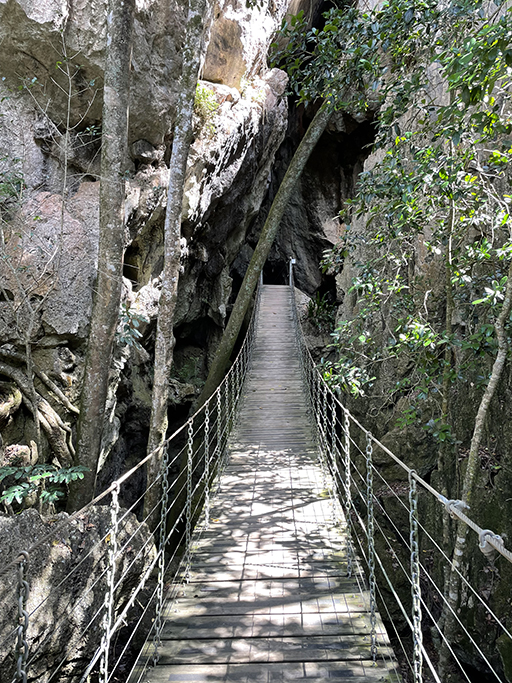
Tours
Capricorn caves are Queensland’s oldest tourist attraction, opening to the public since 1884. Small group tours conducted by experienced guides makes this a fascinating experience with captivating stories of local history, geology and wildlife.
Access to the caves is available for all ages and abilities with the iconic Cathedral Cave Tour being the most popular expedition. This is the tour we did, choice based mostly on timing, and we were very impressed with what we saw. In the Cathedral Cave our guide demonstrate the amazing acoustics by playing a lovely piece of classical music, they play live opera here on occasion, which I think would be an wonderful experience. She then turned the lights turned off to give us a real sense of what the early explorers were facing when the cave were first discovered.
If you are ready for something a little more adventurous, the Explorer and Adventurer tours will take you deeper into the cave system and return you a little dustier, with an opportunity to explore more remote sections of the caves where your headlamp is the only source of light.
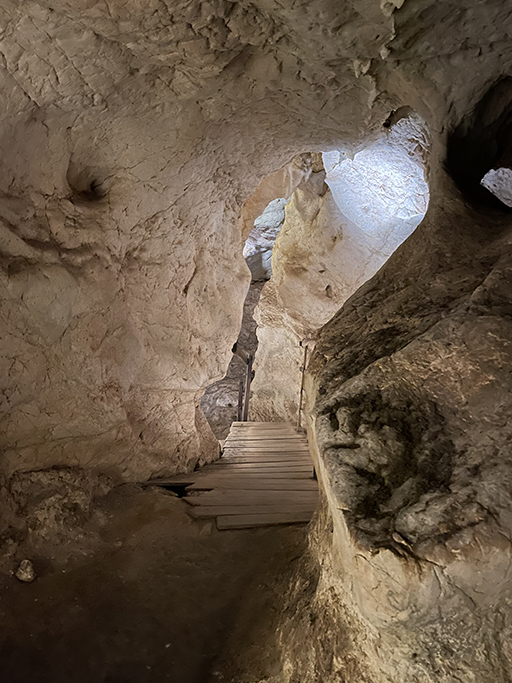
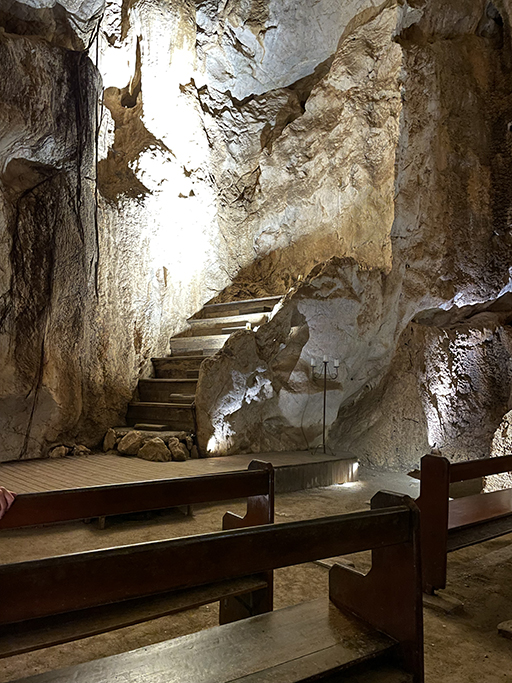
Going Batty
What’s really unique and special about this spot is the bats. Love them or hate them, there is no denying that these fascinating little creatures are an essential part of our ecosystem. In the caves you will see little bent wing bats flitting above your head or hanging in recesses in the cave roof. If you are very lucky you might catch a glimpse of a rare ghost bat, a larger carnivorous bat, almost the size of a fruit bat.
Not far from Capricorn Caves is Mount Etna Caves National Park, the roosting site for more than 80% of Australia’s little bent-wing bat breeding population. Whether you are camped at Capricorn Caves or anywhere nearby, you can look up at night to see thousands of tiny bats fly out from the roost to feed.
Stay and Play
Set on 80 acres, the property also offers accommodation in the form of self-contained cabins and a campground with powered and unpowered sites, there is a large facilities block with toilets, sinks and showers, a laundry, camp kitchen and communal fire pit.
Find out more about Capricorn Caves
